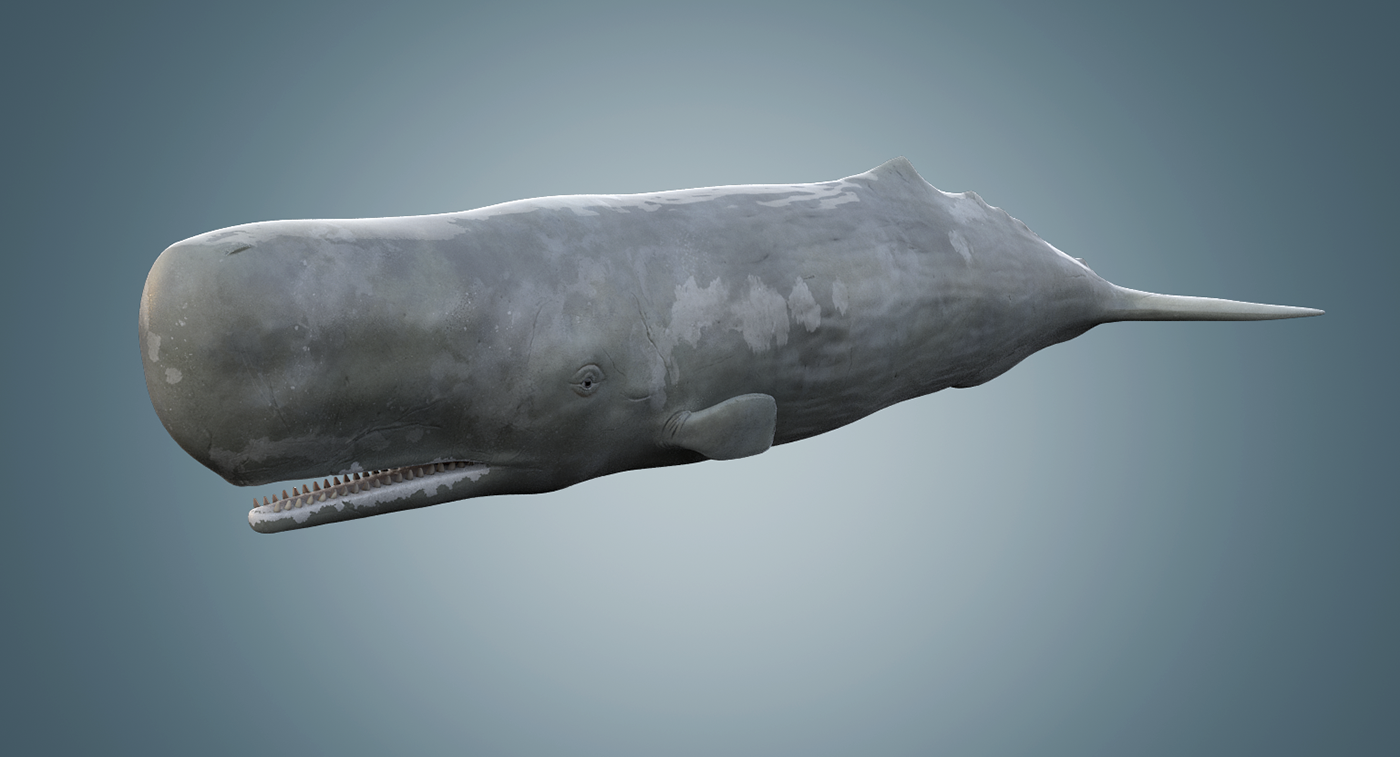
That means a 100,000-pound (45,359-kilogram) large male would eat around 3,500 pounds (1,587 kilograms) of food each day. So, how much and what does a sperm whale eat? According to the National Audubon Society Guide to Marine Mammals of the World, sperm whales are estimated to eat up to 3.5 percent of their body weight every day. Lower grumbly tones help once the food is very close and about to become a meal." "Their clicks help them locate their food across longer distances, acting like biological sonar. "Their echolocation is a little different and quite complex because of how the sounds travel through the skull and spermaceti organ," says Stewart. It allows the animals to navigate and hunt in darkness, recognize friends and foes, and avoid obstacles. However, in the U.S., the Marine Mammal Act requires people keep a safe distance of 150 feet from all whales and marine mammals."Įcholocation is a method used by whales, bats and dolphins to determine locations of objects using reflected sound. "Now, at the lagoons in Mexico where gray whales have their babies, eco-tourists are offered the chance to get up-close to the whales without that kind of danger. "Gray whales used to be nicknamed devil-fish because they would become aggressive toward whalers," he says. There are historical accounts from whaling ships that claimed some whale species would turn on the whalers, trying to flip their paddle boats, says Stewart. Sperm whales tend to stay away from humans, too. After that, the adult male will venture off on his own again." Speaking of mating: They have calls with a unique sound signature that they use to search for a potential mate.

"Sometimes, a single large male will find a nursing pod that will invariably become his harem, as he may mate with multiple females in the nursing pod. "Sperm whales will live in pods when they are younger, or if they are in a nursing pod, but otherwise, large whales tend to live alone," says Stewart. The waxy liquid was considered a prized material during the era of Western and European whaling, and spermaceti, as well as blubber, was turned into numerous industrial products." "All three types of whales in the super family Physeteroidea have the spermaceti organ: the sperm whale, pygmy sperm whale and dwarf sperm whale. According to James Stewart, education supervisor for the Aquarium of the Pacific in Long Beach, California, they get that name because of the spermaceti organ in their heads.īut what in the world is a spermaceti organ? "This organ holds the waxy liquid spermaceti and is involved in use of echolocation and sound generation," Stewart explains in an email interview. If you've ever heard someone mention a sperm whale - or you've been lucky enough to see one in person - one of the first things that probably crossed your mind was, "Why are they called sperm whales?" Well, we have the answer. Sperm whales ( Physeter macrocephalus) like his one have huge heads to hold their enormous brains.


 0 kommentar(er)
0 kommentar(er)
